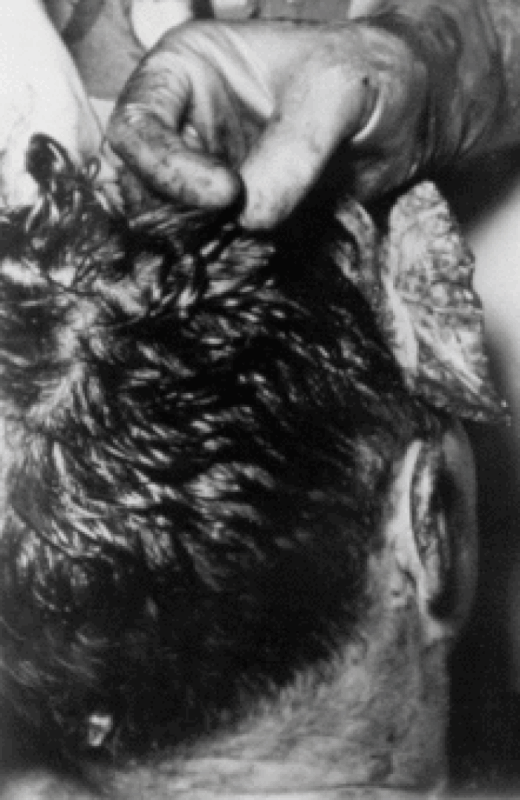Hogwash. Dr. Mantik studied F3 (the back-of-the-head photo) with a stereo viewer at the National Archives and found that it does *not* show stereoscopic consistency, which means it has been faked.
Sorry Griffith but your continued claims that any photos/film which doesn't agree with your Loony Toons conspiracy is "faked" is becoming increasing tedious and not convincing anybody, so far you've got an army of alterationist's making unbelievably impossible photo realistic images and unfortunately for your credibility you haven't yet produced one image/film expert who in any way describes how this fakery was actually accomplished, let alone a demonstration of an actual altered stereoscopic image as an example, your claims are just that, claims based on delusion.
And talk about sticking your head in the sand and openly embracing the last century, you take the cake, the back of head animation requires millions of computer cycles which was unheard of when your "expert" made his self serving observation and the best comeback you've got is the obviously biased Mantik claiming that F3 doesn't show "stereoscopic consistency", unbelievable!
And who are you're going to believe, Mantik with an obvious axe to grind or your own lying eyes? The stereoscopic images when recombined can only show a 100% smooth rotation if each and every hair, skin cell, wrinkle, wound and overall shape displays the exact same depth mapping relatively in each original photo and to suggest that the following graphic is based on images which aren't "stereoscopically consistent" is a physical impossibility because any image alteration would not allow a smooth rotation and would have floating artefacts but as is clear this is not the case, you and your claim is totally bogus. You lose!

JohnM